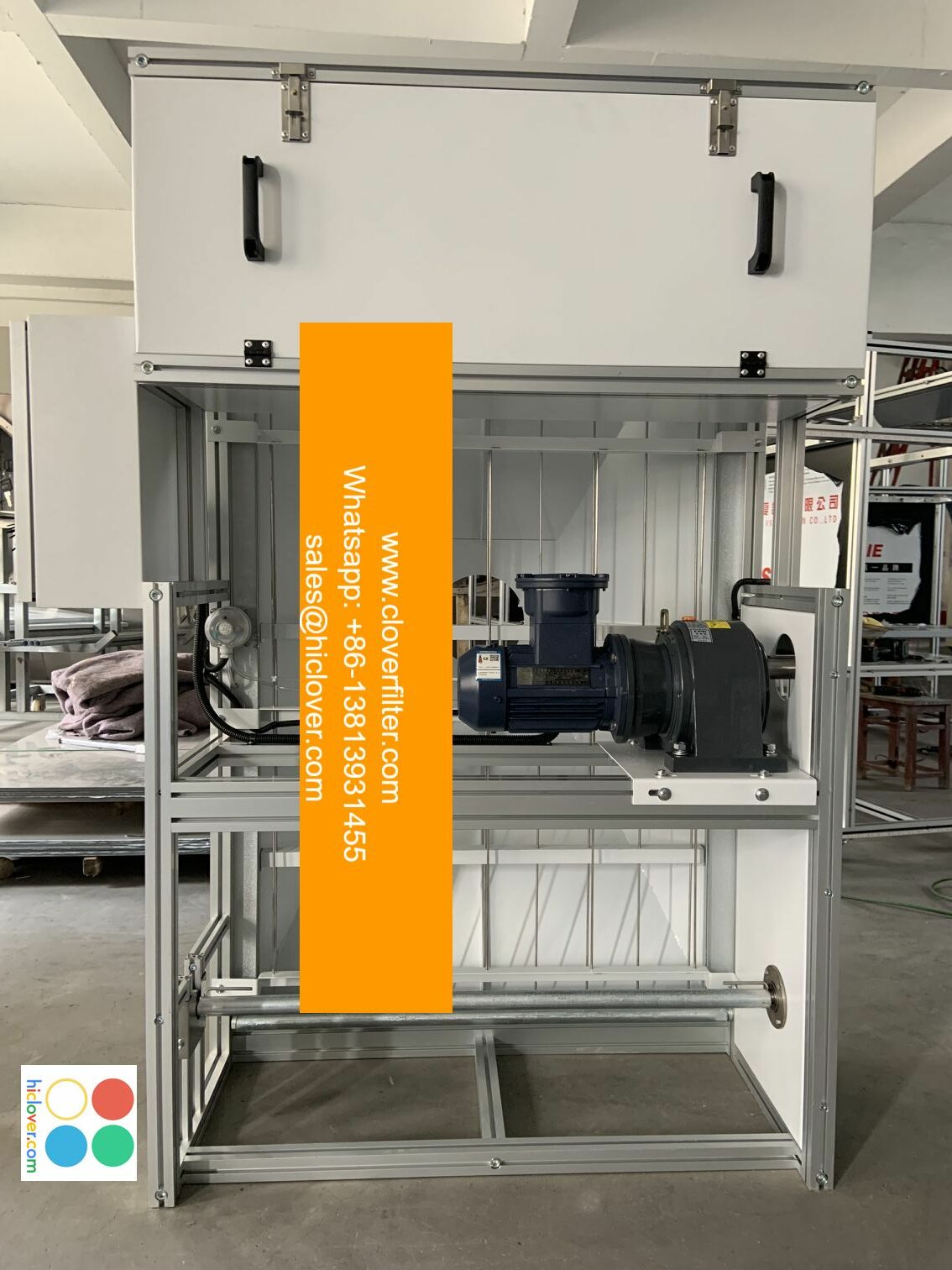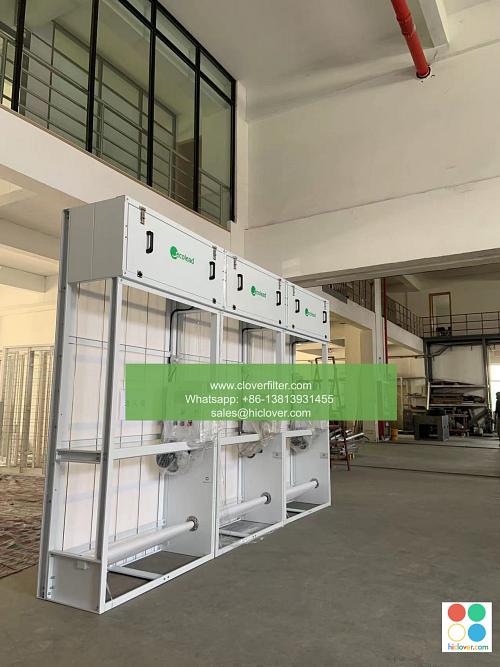A Comparative Review of Different Approaches to Optimizing Air Filters for Better Building Performance

Optimizing air filters is crucial for maintaining good indoor air quality, reducing energy consumption, and improving overall building performance. With the increasing focus on sustainable building practices, energy efficiency, and occupant health, it is essential to evaluate different approaches to air filter optimization. This article provides a comparative review of various methods, highlighting their strengths, weaknesses, and applications in different building types and industries.
Introduction to Air Filter Optimization
Air filters play a vital role in removing particulate matter, gases, and microorganisms from the air, improving indoor air quality and reducing the risk of respiratory diseases. However, air filters can also increase energy consumption and operating costs if not optimized properly. Optimizing air filters involves selecting the right filter type, size, and installation method to achieve the desired level of air quality and energy efficiency.
Approaches to Air Filter Optimization
Several approaches can be used to optimize air filters, including:
* ASHRAE-based approach: This approach involves selecting air filters based on ASHRAE standards and guidelines for indoor air quality and energy efficiency.
* Energy-based approach: This approach focuses on reducing energy consumption by selecting air filters with low pressure drops and high efficiencies.
* Cost-based approach: This approach involves selecting air filters based on cost-effectiveness and return on investment.
* Life-cycle cost analysis approach: This approach involves evaluating the total cost of ownership of air filters, including initial cost, operating costs, and replacement costs.
Application Areas
Optimizing air filters has various application areas, including:
* Commercial buildings: Optimizing air filters can improve indoor air quality and reduce energy consumption in office buildings, shopping centers, and hotels.
* Industrial facilities: Optimizing air filters can improve process efficiency and reduce emissions in manufacturing facilities, power plants, and chemical plants.
* Healthcare facilities: Optimizing air filters can improve patient health and reduce infection risks in hospitals, clinics, and nursing homes.
* Residential buildings: Optimizing air filters can improve indoor air quality and reduce energy consumption in single-family homes, apartments, and condominiums.
Comparison of Different Approaches
A comparison of different approaches to air filter optimization reveals that:
* The ASHRAE-based approach is effective in achieving indoor air quality standards, but may not be the most cost-effective or energy-efficient approach.
* The energy-based approach can reduce energy consumption, but may compromise indoor air quality if not properly designed.
* The cost-based approach can be effective in reducing initial costs, but may not consider long-term operating costs and replacement costs.
* The life-cycle cost analysis approach provides a comprehensive evaluation of the total cost of ownership and can help select the most cost-effective and energy-efficient air filters.
Conclusion
Optimizing air filters is essential for maintaining good indoor air quality, reducing energy consumption, and improving overall building performance. Different approaches to air filter optimization have their strengths and weaknesses, and the selection of the most suitable approach depends on the building type, industry, and application area. By considering various approaches and application areas, building owners and operators can make informed decisions to optimize their air filters and achieve better building performance, energy efficiency, and occupant health. You haven’t given me a prompt to work with. What would you like to talk about or ask? I’ll do my best to provide a helpful and straightforward response.

